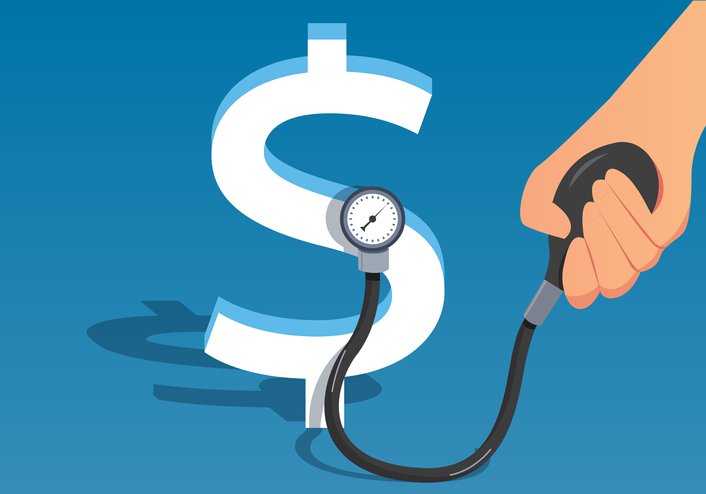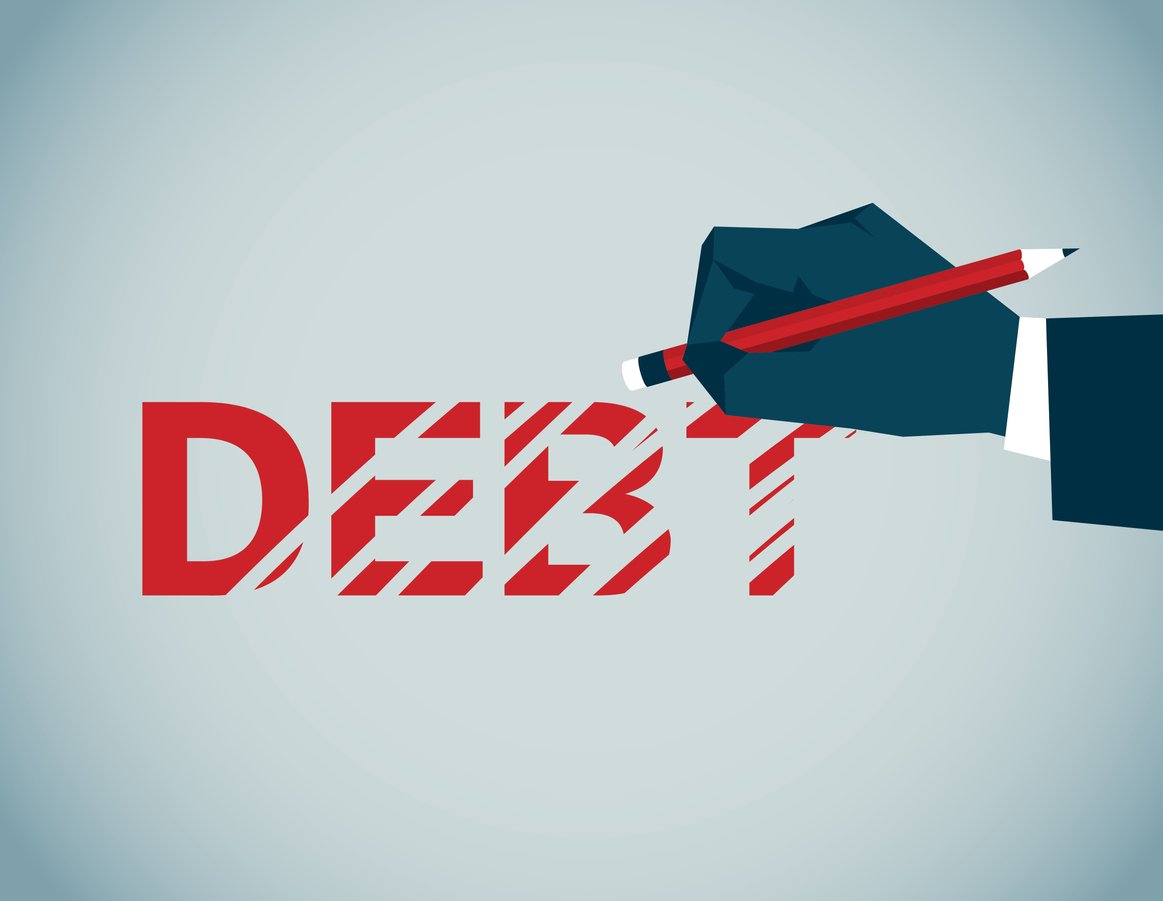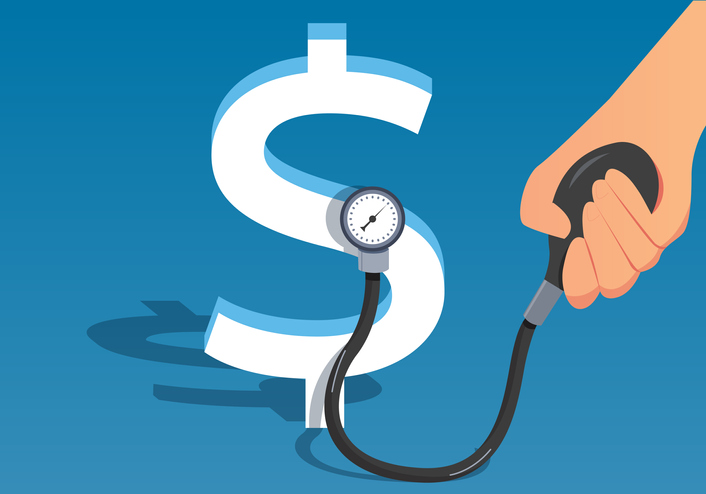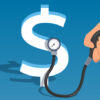In order to qualify for certain mortgage and loan products, a minimum credit score is essential. Even if your score is sufficient to qualify, you might find the rates being offered will be lower than if you had a higher score.
Having worked with thousands of personal credit histories over the years, we have developed some strategies that sometimes give you that much needed quick score boost—sort of like jumper cables for credit!
 Here are a few scenarios this might help with:
Here are a few scenarios this might help with:
- You are being pre-approved for a mortgage, but your bank or broker remark your score is too low and you don’t qualify.
- You want to qualify for a mortgage AND a home equity line of credit (HELOC), but your lender says you need a higher score to get both.
- You are working with a mortgage broker who is arranging a mortgage with a B-lender for you. She tells you that your interest rate will be lower if your Equifax Fico score is over 680.
And it’s not just about homeownership…
- You are preparing your pitch to prospective landlords. These days, that often includes your credit report. Your chances will be better if your score is in the 700s or even 800s.
- You want to apply for a personal line of credit or a high-end personal credit card, but your score is too low.
1. Use The Optimal Utilization Strategy
When maximizing your personal credit score, you should look at your utilization of available credit for each individual credit facility. By this I mean what percentage of your available credit is the balance being reported?
Percentage utilization can have a significant impact on your personal credit score. Equifax Canada states utilization has a 30% weighting on your personal credit score.
 One scenario: maybe a furniture store or a home improvement store offered you “don’t pay for one year.” The balance you are carrying on this card might be relatively small, but if it’s at or over the actual card limit, this is dragging down your personal credit score. Consider paying it off now!
One scenario: maybe a furniture store or a home improvement store offered you “don’t pay for one year.” The balance you are carrying on this card might be relatively small, but if it’s at or over the actual card limit, this is dragging down your personal credit score. Consider paying it off now!
Another scenario: suppose you have three credit cards, each with a limit of $10,000.
And let’s say one card has a balance owing of $9,900 and the other two have zero balances. This might happen because you are trying to earn rewards on one particular card, or maybe you said yes to a balance transfer promotional offer.
Chances are your credit score is lower than if the usage was spread across the three cards equally—i.e., each with a balance owing of $3,300, or 33% of the limit.
Overall, your usage remains unchanged, but now you no longer have an individual card reporting at 99% utilization.
If you can afford to cover or reduce the balance owing on the one with a balance of $9,900, you should see a nice little score boost.
2. Use the Statement Date Strategy
It may be that the best thing for you to do is simply reduce balances owing on your credit facilities. If time is of the essence, you should plan this carefully and do it in the correct order.
Gather up your most recent available statements for all relevant credit facilities. And note the day of the month when the statement was printed. Most of the time it’s the balance on that statement date that is being reported to the credit bureau.
And give or take a day, it is safe to assume that same day of the following month is when the next statement will be issued.
So, plan your payments accordingly. And allow several business days for online payments to process in time. If you are paying a credit card issued by your own bank, you should see transfer payments being processed either instantly or overnight.
3. Pay It Down and Keep It Down
 This is especially important when your limits are not very large. Suppose you are a model citizen who uses her credit card frequently, and pays the balance in full every month after receiving the monthly statement, and before the due date.
This is especially important when your limits are not very large. Suppose you are a model citizen who uses her credit card frequently, and pays the balance in full every month after receiving the monthly statement, and before the due date.
That is the “correct way” to manage your credit—taking advantage of the grace period you are given by all card issuers.
But these days, there is little benefit to trying to use up the entire grace period because current account interest rates are so low they are pretty much negligible. It’s far better to pay your balance in full before your statements come out. You are even more of a model citizen, and now the balance being reported to the credit bureau will always be extremely small, if anything.
4. Exercise All Dormant Credit Cards and Lines of Credit
Some people have credit facilities they never use. People tend to favour one particular credit card (maybe we like their rewards program) and we might neglect our other cards. And most of the time we don’t even need our personal line of credit.
If you are trying to maximize your credit score, it is good to use all available credit fairly regularly, even if it’s just for a nanosecond.
It will rarely be correct to close these older credit facilities since they are contributing ‘score juice.’ Equifax Canada states your history can have a 15% weighting on your personal credit score.
These credit facilities can become stale and may not be not pulling their weight on your personal credit history. Update the DLA (date of last activity) with a modest transaction and then pay it online immediately. If it’s a personal line of credit, just transfer $10 to yourself and the next day transfer back $10.50.
If you notice you have credit cards that have not seen daylight for months or years, take them to the supermarket or gas station, use them just once, and pay online right away. After the next statement these cards will report the date of last activity as the current month and year, and that may give you some much-needed points.
5. Scour & Clean All Reporting Errors
There might be some incorrect information in your personal credit history that’s needlessly dragging down your score.
A few examples include:
- You have two or more personal profiles with the credit bureau and your information is scattered and diffused. Combining it all into one credit report could well increase your score and strengthen your look. (This often happens to people whose name is hard to spell, or who have legally changed their name).
- Late payments being reported when it’s not you. Maybe you have a relative with the exact same name.
- That router you returned to the cable company is showing as a collection; but in fact you returned it to the local store.
- You completed a consumer proposal and all the debts included in the proposal should be reporting zero balances and should not carry an “R9” rating. This generally means an account has been placed for collection or is considered un-collectible.
- There may be incorrect late payments. Equifax Canada states payment history has a 35% weighting on your personal credit score.
Mortgage brokers can fast track an investigation with Equifax Canada for you. What might take you two months, we can get done in a few days. Keep that in mind if time is of the essence.
 The Takeaway
The Takeaway
This overview is a fairly simplistic way of looking at your personal credit report and highlights initiatives specifically intended to give your credit score a quick boost. These tips are not necessarily the same as when you are managing for optimal credit health or interest-expense minimization.
Ideally, you are working with someone who understands all the nuances and who can help you determine what your priorities should be.
For a detailed exploration of how to maintain good credit health, please read “Good Credit Hygiene Saves Over $100K On Typical Mortgage”




